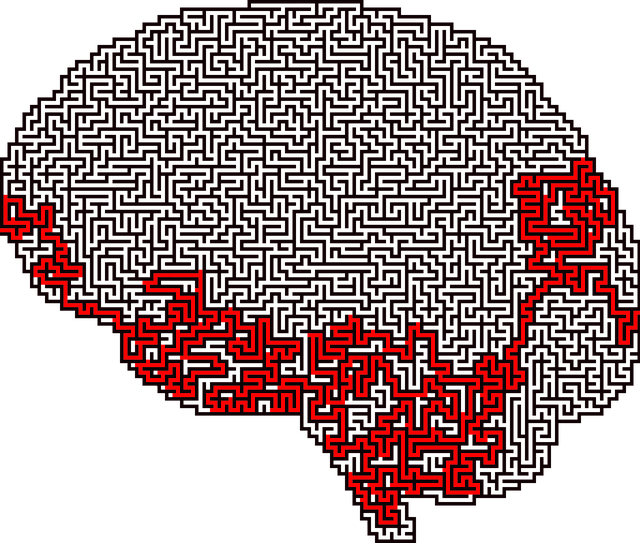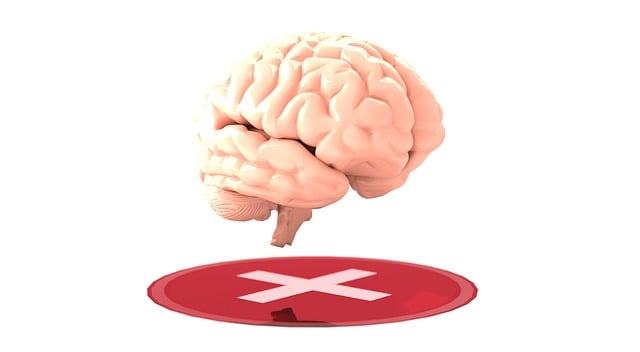Mental health professionals in Highlands Ranch utilize Highlands Ranch Cognitive Processing Therapy (HRCPT) to manage client risks effectively. By integrating CPT, therapists empower clients with emotional regulation skills and foster a safe space for vulnerability sharing. Risk management planning involves assessing individual and systemic vulnerabilities, enhancing healing processes, and strengthening resilience. HRCPT's multi-faceted approach includes crisis management protocols, staff training, and journaling exercises. Prioritizing client safety through evidence-based practices leads to successful trauma treatment, reducing retraumatization risks. Continuous monitoring, improvement, and feedback loops ensure tailored support and progress toward mental health goals.
Mental health professionals must navigate complex risks daily, making robust risk management planning essential. This article explores a strategic approach to safeguarding clients, especially within the context of Highlands Ranch Cognitive Processing Therapy (HRCPT). We delve into understanding risk factors unique to mental health practice and assessing vulnerabilities. Through comprehensive risk management strategies, we discuss implementing safe HRCPT practices, continuous monitoring, and improvement processes for effective mitigation.
- Understanding Risk in Mental Health Practice
- Assessing Vulnerabilities: A Key Component of Planning
- Developing a Comprehensive Risk Management Strategy
- Implementing Safe Therapy Practices in Highlands Ranch Cognitive Processing Therapy (HRCPT)
- Continuous Monitoring and Improvement for Effective Risk Mitigation
Understanding Risk in Mental Health Practice

Understanding risk is a cornerstone of effective mental health practice, and for professionals working with clients in Highlands Ranch or elsewhere, it’s paramount to recognize that emotional volatility and potential crises can arise at any moment. This requires a proactive approach where therapists don’t merely react but anticipate and mitigate risks through comprehensive risk management planning. Such planning involves integrating practices like Cognitive Processing Therapy (CPT) to help clients develop emotional regulation skills, enabling them to cope with challenging situations.
By incorporating self-awareness exercises into their therapy sessions, mental health professionals can equip clients with the tools to recognize early warning signs of distress or potential relapse. This proactive crisis intervention guidance not only empowers individuals but also fosters a safe and supportive environment where clients feel empowered to share their vulnerabilities openly.
Assessing Vulnerabilities: A Key Component of Planning

Assessing vulnerabilities is a fundamental step in risk management planning for mental health professionals. By meticulously evaluating potential risks and weaknesses within their practice or organization, therapists can identify areas that require heightened awareness and proactive strategies. This process involves scrutinizing various factors unique to each professional’s practice, including their specific therapy approach, such as Highlands Ranch Cognitive Processing Therapy, and the populations they serve. Recognizing vulnerabilities is crucial for mitigating potential harm and ensuring the safety of both clients and practitioners.
Effective risk assessment considers not only individual therapist vulnerabilities but also systemic issues within the healthcare setting. For instance, challenges related to caseload management, staff training, or access to resources can create risks that impact mental wellness coaching programs and coping skills development. Recognizing these vulnerabilities fosters the implementation of strategies aimed at emotional healing processes, ultimately enhancing the overall resilience of both professionals and their clients.
Developing a Comprehensive Risk Management Strategy

In the realm of mental health care, particularly with Highlands Ranch Cognitive Processing Therapy (HRCPT) professionals, developing a comprehensive risk management strategy is paramount to ensuring patient safety and fostering effective therapy sessions. This involves a multifaceted approach that incorporates various risk mitigation techniques tailored to address unique challenges within the therapeutic environment. By integrating practices like Social Skills Training and Mental Wellness Journaling Exercises, therapists can create a supportive atmosphere that encourages self-reflection and resilience among clients.
Such a strategy should also include guidelines for handling crisis situations, with clear protocols for de-escalation and emergency response. Regular staff training and education sessions on topics such as recognizing early warning signs of mental health deterioration and implementing evidence-based interventions can significantly enhance the overall risk management framework. Additionally, fostering open communication channels and encouraging clients to maintain a Mental Wellness Journal can provide valuable insights into their progress, allowing for proactive interventions and Self-Esteem Improvement.
Implementing Safe Therapy Practices in Highlands Ranch Cognitive Processing Therapy (HRCPT)

In the context of Highlands Ranch Cognitive Processing Therapy (HRCPT), implementing safe therapy practices is paramount to fostering a supportive environment for clients grappling with mental illness. HRCPT, known for its efficacy in treating trauma and related conditions, emphasizes open communication and structured cognitive exercises. To ensure client safety during this therapeutic process, mental health professionals must integrate evidence-based strategies that address potential triggers and promote emotional intelligence. This includes establishing clear boundaries, teaching coping mechanisms, and fostering a non-judgmental atmosphere, all of which contribute to stigma reduction efforts and enhance the overall mental wellness of clients.
By integrating these safe therapy practices, HRCPT sessions can become dynamic spaces where individuals feel empowered to process their experiences. This approach encourages emotional expression while minimizing the risk of retraumatization, fostering a sense of safety that is essential for meaningful healing. Furthermore, leveraging emotional intelligence in this context allows therapists to better understand and respond to clients’ unique needs, ensuring that each session produces tangible progress towards mental wellness, reflected perhaps in the production of a successful mental wellness podcast series designed to further support their journeys.
Continuous Monitoring and Improvement for Effective Risk Mitigation

Mental health professionals are tasked with managing complex risks daily, making continuous monitoring and improvement essential for effective risk mitigation. By implementing a robust system that tracks client progress, identifies potential risks, and incorporates feedback loops, therapists in Highlands Ranch Cognitive Processing Therapy (HRCPT) can ensure they stay ahead of emerging challenges. This proactive approach allows them to adapt their practices, integrating innovative Emotional Well-being Promotion Techniques and enhancing the effectiveness of Coping Skills Development.
Regularly conducting internal reviews, participating in peer supervision, and engaging with professional development opportunities enable HRCPT therapists to refine their risk management strategies. Additionally, hosting Stress Management Workshops Organization can foster a culture of continuous learning where professionals share best practices for navigating difficult situations. This collaborative environment promotes resilience and ensures that clients receive the highest quality care while minimizing potential risks.
Effective risk management planning is essential for mental health professionals to ensure safe and successful practice, particularly within specialized therapies like Highlands Ranch Cognitive Processing Therapy (HRCPT). By understanding risk factors, assessing vulnerabilities, and implementing comprehensive strategies, therapists can create a secure environment. Continuous monitoring and adaptation are key to mitigating potential dangers, allowing for improved client outcomes and enhanced therapy practices in HRCPT. This proactive approach ensures that mental health professionals remain equipped to handle risks, fostering a positive and supportive therapeutic setting.














